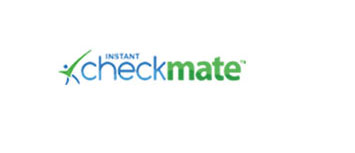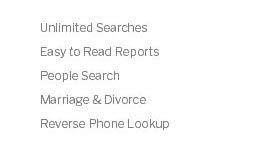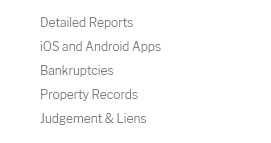 |
 |
|---|
|
|
|---|
 |
 |
 |
 |
|---|---|---|---|
 |
 |
 |
|
 |
|||
 |
 |
 |
|
 |
|||
 |
 |
 |
|
 |
|||

|
m6c2wur7nk5 Understanding the USPS Background Check: A Comprehensive OverviewThe United States Postal Service (USPS) stands as a pillar of reliability and efficiency, serving millions of Americans daily. It is no surprise, then, that the USPS takes its hiring process seriously, ensuring that only the most qualified individuals join its ranks. One of the critical components of this process is the background check, a thorough examination that safeguards the integrity and trustworthiness of the postal service. This article delves into the intricacies of the USPS background check, offering insights into how it works and why it is indispensable. Before delving into specifics, it's essential to recognize that the USPS background check is not merely a formality but a pivotal step in the hiring process. The USPS, being a federal entity, adheres to stringent standards to maintain national security and public trust. Consequently, the background check is meticulously designed to screen for any red flags that might compromise these standards. So, what exactly does the USPS background check entail? The process is multi-faceted and involves several layers of scrutiny. Initially, it includes a review of the applicant's criminal history. This is a critical step as it helps determine if the candidate has any prior convictions that could impact their suitability for the job. It’s important to note, however, that a criminal record does not automatically disqualify a candidate. The USPS considers the nature of the offense, its recency, and its relevance to the position applied for. In fact, the postal service is known for its fair evaluation of each individual case.
The background check process may seem extensive, but it is necessary to maintain the high standards the USPS is known for. It is worth mentioning that the timeline for these checks can vary, typically ranging from a few weeks to over a month, depending on the complexity of the applicant's history and the thoroughness required for the specific role. From a candidate's perspective, understanding the background check process can be incredibly beneficial. It allows prospective employees to prepare adequately, ensuring that all the necessary information and documentation are readily available when requested. Moreover, being transparent and honest throughout the process can significantly enhance a candidate's prospects. After all, the USPS values integrity and honesty above all. In conclusion, while the USPS background check may appear daunting at first glance, it is a fundamental part of the hiring process that ensures only the most capable and trustworthy individuals join this vital institution. For those aspiring to become part of the USPS family, understanding and navigating this process is the first step towards a rewarding career with one of the nation's most respected services. https://about.usps.com/careers/job-application/background-check-requirement.pdf
The Inspection Service criminal background check is conducted using United. States information resources only (e.g., FBI fingerprint check, state and county. https://www.reddit.com/r/USPS/comments/15h5pir/usps_background_checks/
The background check specified that it will look at your history going back 5 years. I have some minor convictions that are older than 5 years. https://about.usps.com/careers/job-application/background-check-faqs.pdf
It is Postal Service policy to do a local criminal records check during the suitability screening process. A criminal record check and motor vehicle record ...
|
|---|